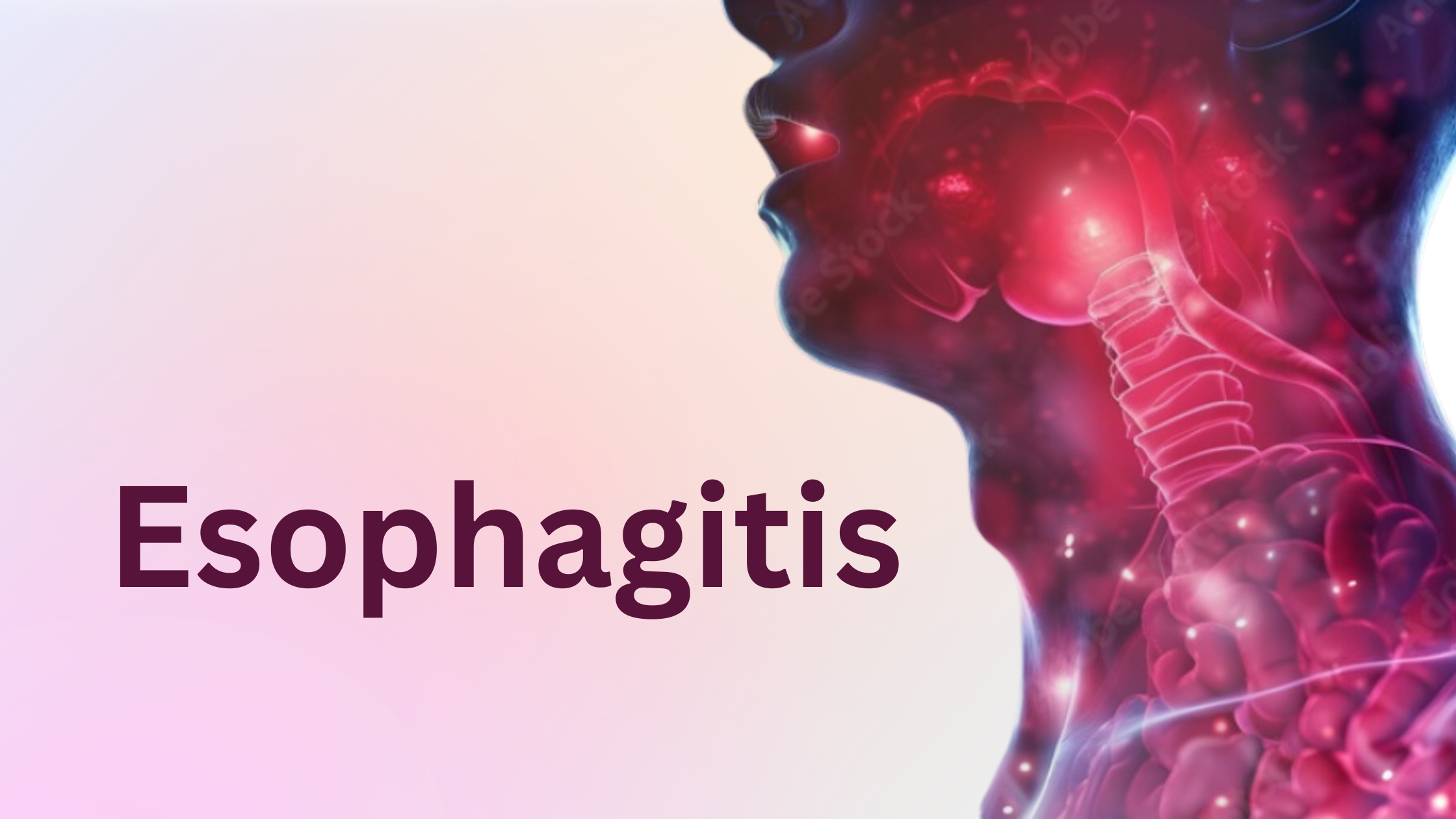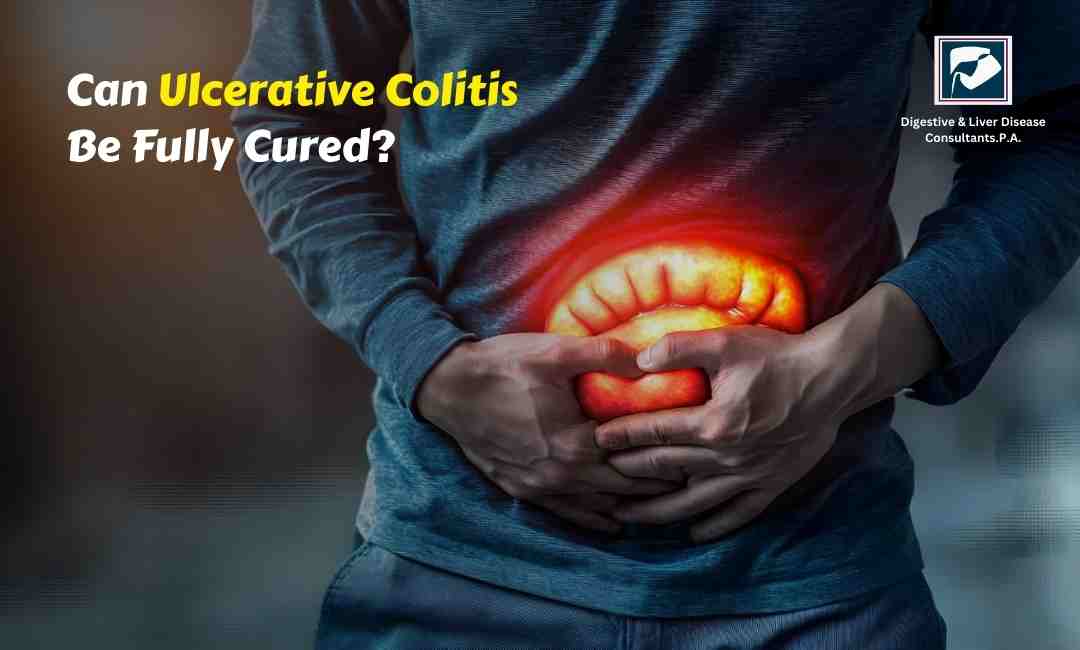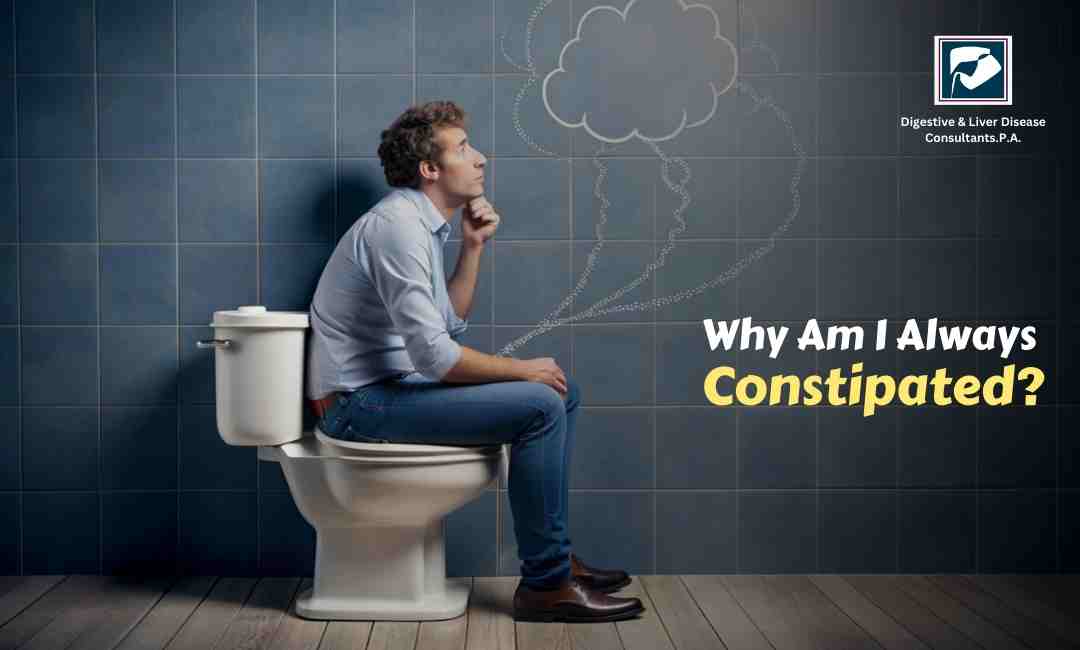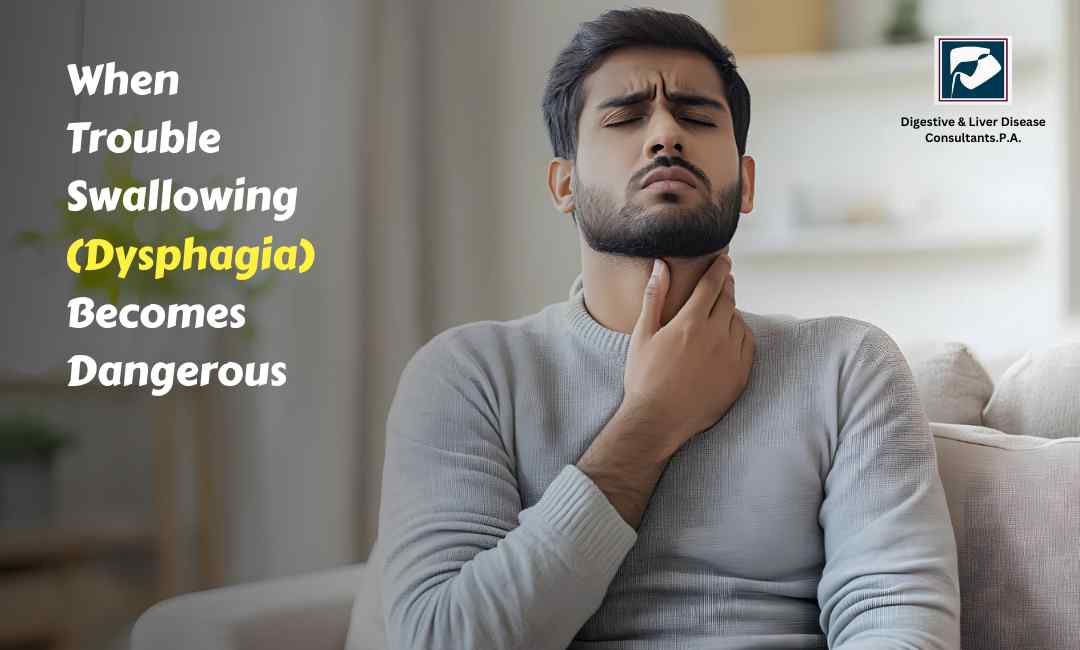Do you ever find yourself struggling with persistent heartburn or difficulty swallowing? While these symptoms might seem like a common annoyance, they could be signs of something more serious, like esophagitis. This condition, characterized by inflammation of the esophagus, often goes unnoticed until it becomes severe. But how can you be sure that esophagitis is the cause of your discomfort?
In this blog, we’ll explore the role of upper endoscopy in accurately diagnosing esophagitis, discuss its prevalence in the United States, and explain why early detection is crucial. By understanding the importance of this diagnostic tool, you can take the necessary steps to address your symptoms and protect your health.
Understanding Esophagitis: What It Is and Why It Matters
Esophagitis is a condition characterized by inflammation, irritation, or swelling of the esophagus—the tube that carries food from your mouth to your stomach. This inflammation can cause a range of uncomfortable symptoms, including heartburn, chest pain, difficulty swallowing, and even bleeding in severe cases. If left untreated, esophagitis can lead to complications such as esophageal strictures, ulcers, or an increased risk of esophageal cancer.
Common Symptoms of Esophagitis:
-
Persistent heartburn (acid reflux)
-
Difficulty swallowing (dysphagia)
-
Painful swallowing (odynophagia)
-
Chest pain, especially behind the breastbone
-
Regurgitation of food or sour liquid
-
Nausea and vomiting
-
In severe cases, bleeding or black stools
Prevalence of Esophagitis in the United States
Esophagitis is more common than you might think. In the United States, gastroesophageal reflux disease (GERD) is the most common cause of esophagitis, affecting an estimated 20% of the population. This means millions of Americans experience symptoms of esophagitis each year, although not everyone seeks medical attention. Other causes of esophagitis include infections, medications, allergies, and certain medical treatments like radiation therapy.
Given its prevalence, it’s essential to recognize the symptoms and seek appropriate medical care if you suspect esophagitis.
How is Esophagitis Diagnosed?
Diagnosing esophagitis involves a combination of reviewing symptoms, medical history, and conducting specific tests. While symptoms alone can point to esophagitis, they are often similar to other conditions affecting the esophagus. Therefore, an accurate diagnosis typically requires an upper endoscopy.
What is Upper Endoscopy?
Upper endoscopy, or esophagogastroduodenoscopy (EGD), is a procedure that allows doctors to examine the upper part of the digestive system, including the esophagus, stomach, and duodenum. During an upper endoscopy, a flexible tube with a camera (endoscope) is inserted through the mouth and gently guided down the esophagus. This enables the doctor to visually inspect the esophagus for signs of inflammation, damage, or other abnormalities.
The Importance of Upper Endoscopy in Diagnosing Esophagitis
Upper endoscopy is a crucial tool for diagnosing esophagitis, offering several key benefits:
-
Direct Visualization: Upper endoscopy allows doctors to directly observe the esophagus’s lining. They can see redness, swelling, ulcers, or other signs of inflammation that indicate esophagitis. This visual confirmation is essential for an accurate diagnosis, as it differentiates esophagitis from other conditions with similar symptoms.
-
Biopsy Collection: During the endoscopy, the doctor can also take small tissue samples (biopsies) from the esophagus. These samples are examined under a microscope to identify the specific cause of esophagitis, such as infections (like Candida or herpes), eosinophilic esophagitis (an allergic condition), or damage from acid reflux. Biopsies help in understanding the underlying cause, which is crucial for determining the appropriate treatment.
-
Assessment of Severity: The endoscopy allows doctors to assess the severity of the inflammation and any associated complications, such as strictures (narrowing of the esophagus) or Barrett’s esophagus, a precancerous condition. Knowing the extent of the damage helps guide the treatment plan and monitor the effectiveness of therapy.
-
Guiding Treatment Decisions: The information gathered from the endoscopy and biopsies informs the treatment approach. For instance, if acid reflux is the cause, medications to reduce stomach acid may be prescribed. If an infection is identified, specific antimicrobial treatments can be administered. In cases of eosinophilic esophagitis, dietary changes or medications to reduce inflammation may be recommended.
Preparing for an Upper Endoscopy
If your doctor recommends an upper endoscopy to diagnose esophagitis, it’s natural to have some concerns. However, the procedure is generally safe, quick, and minimally invasive. Here’s what you can expect:
-
Fasting: You’ll need to fast for several hours before the procedure to ensure your stomach is empty.
-
Sedation: Most patients receive a sedative to help them relax and reduce any discomfort during the procedure.
-
Procedure Duration: The procedure typically takes about 15 to 30 minutes, though you’ll need some time afterward to recover from the sedation.
-
Post-Procedure: After the endoscopy, you may feel slightly groggy. It’s important to arrange for someone to drive you home and allow yourself some time to rest.
Why Early Diagnosis and Treatment Are Crucial
Identifying and treating esophagitis early is vital to preventing complications and improving your quality of life. Untreated esophagitis can lead to chronic pain, difficulty eating, and more severe conditions like esophageal strictures or Barrett’s esophagus. By diagnosing the condition accurately through upper endoscopy, your doctor can recommend the most effective treatment plan, helping you manage symptoms and avoid long-term damage.
Conclusion: Consult the Experts at Digestive and Liver Disease Consultants (DLDC)
If you’re experiencing symptoms like persistent heartburn, difficulty swallowing, or chest pain, it’s important not to ignore them. These could be signs of esophagitis, and early diagnosis is key to effective treatment. At Digestive and Liver Disease Consultants (DLDC), our team of experienced gastroenterologists is dedicated to providing comprehensive care and expert diagnosis using the latest tools, including upper endoscopy.
Don’t wait for your symptoms to worsen—take the first step toward better digestive health. Schedule a consultation with our experts at DLDC today and find the answers you need for a healthier, more comfortable life.






